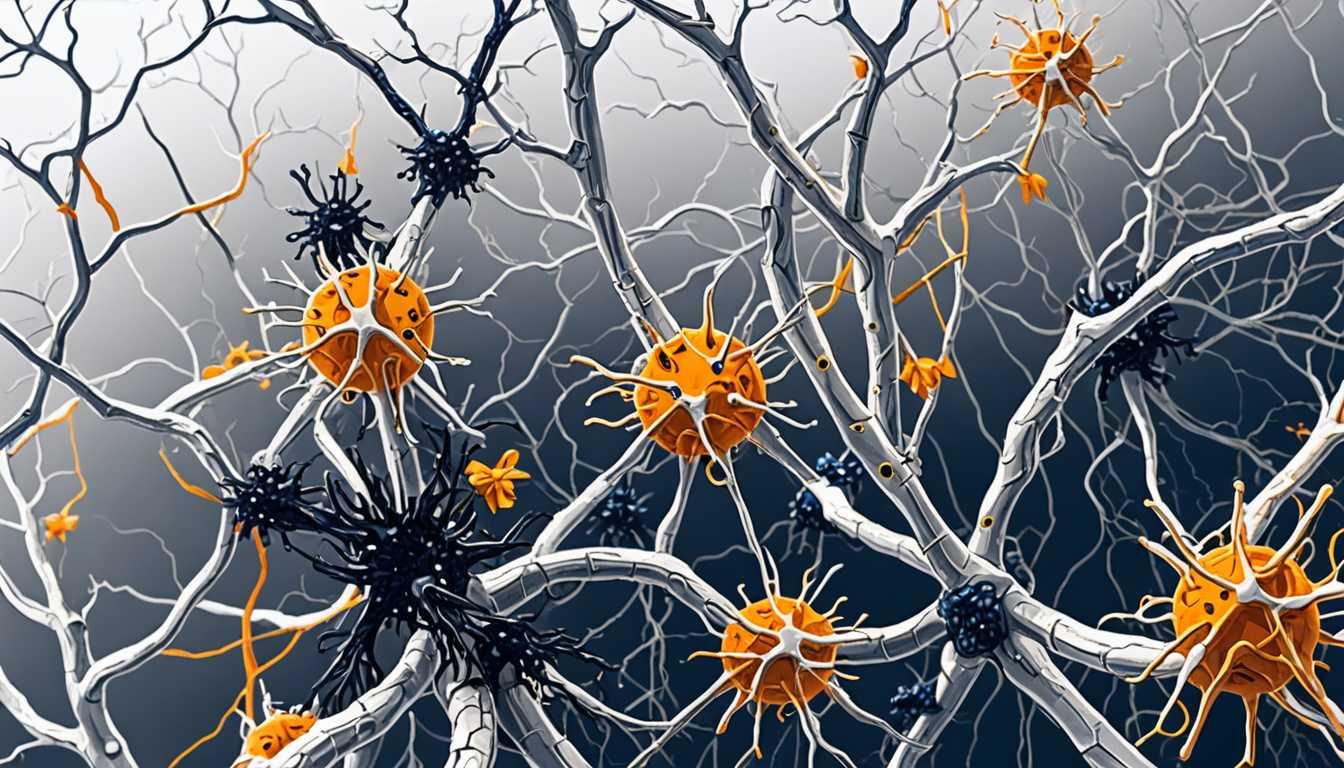GlioQuell: Powering Down Cancer
August 2022
Imperial College London
Introduction
Dive into the groundbreaking journey of GlioQuell, an Imperial College London startup, as they embark on a mission to outsmart cancer by turning off its power supply! Co-founded by Dr. Kambiz Alavian, this innovative team is pioneering a new approach to cancer treatment, focusing on the mitochondria - the cell's energy factories. With a special eye on glioblastoma, a notoriously aggressive brain cancer, GlioQuell's research could revolutionize how we fight cancer and even tackle age-related diseases. It's science fiction turning into science fact, and it's happening right now!
READ FULL ARTICLEWhy It Matters
Discover how this topic shapes your world and future
Powering Down the Bad Guys
Imagine your body as a bustling city, where each cell is a building, and the mitochondria are the power plants keeping everything running. Now, what if some of these buildings turned rogue, growing uncontrollably and threatening the city's harmony? That's what happens in cancer. The story of GlioQuell is like discovering a way to selectively turn off the power supply to these rogue buildings, without affecting the rest of the city. This approach is groundbreaking because it targets the very essence of what makes cancer cells so formidable—their ability to generate energy efficiently. By understanding and potentially manipulating this process, we could revolutionize how we treat not just brain cancers like glioblastoma, but many other types as well. For you, this could mean a world where cancer is no longer an unbeatable foe but a manageable condition. Plus, this research isn't just about fighting the bad; it's also exploring how to slow down aging, making our cells' power plants run more efficiently for longer. Imagine a future where diseases of old age are things of the past!
Speak like a Scholar
Mitochondria
Often described as the powerhouse of the cell, these organelles generate most of the cell's supply of adenosine triphosphate (ATP), used as a source of chemical energy.
Glioblastoma
A fast-growing, aggressive type of central nervous system tumor that forms on the supportive tissue of the brain.
Electrochemical mechanism
A process that produces chemical changes through the movement of electrons, especially used in the generation of energy within mitochondria.
High-throughput assay
A scientific method used to quickly conduct millions of chemical, genetic, or pharmacological tests.
Nutraceutical
A food containing health-giving additives and having medicinal benefit.
Pharmaceutical intervention
The development and application of medications to treat or prevent diseases.
Independent Research Ideas
The role of mitochondria in aging
Investigate how changes in mitochondrial efficiency can influence the aging process, potentially uncovering new pathways to promote healthy aging.
Comparative efficiency of cancer cell mitochondria
Explore why mitochondria in cancer cells, such as those in glioblastoma, are more efficient than those in normal cells, and what this means for energy production and growth.
Nutraceutical interventions in mitochondrial health
Examine the potential of food additives and supplements in enhancing mitochondrial function, possibly offering new approaches to disease prevention and healthy aging.
Electrochemical mechanisms in non-cancerous diseases
Research how the electrochemical processes that make cancer cell mitochondria targets for treatment might be applied to other diseases, offering novel treatment avenues.
The impact of environment on mitochondrial efficiency
Delve into how external factors, such as pollutants or dietary components, might affect mitochondrial efficiency in both healthy and diseased cells, potentially linking environment and disease progression.
Related Articles

Babies: The Unexpected Immune Warriors
February 2024
Cornell University

Vaccines That Teach Peace
September 2023
MIT Technology Review

Immune Cells: Cancer's Kryptonite
March 2023
UCLA Health

Microscopic Guardians Against MS
August 2023
Harvard University

Unlocking Brain Tumors' Immunotherapy Mystery
September 2023
University of California